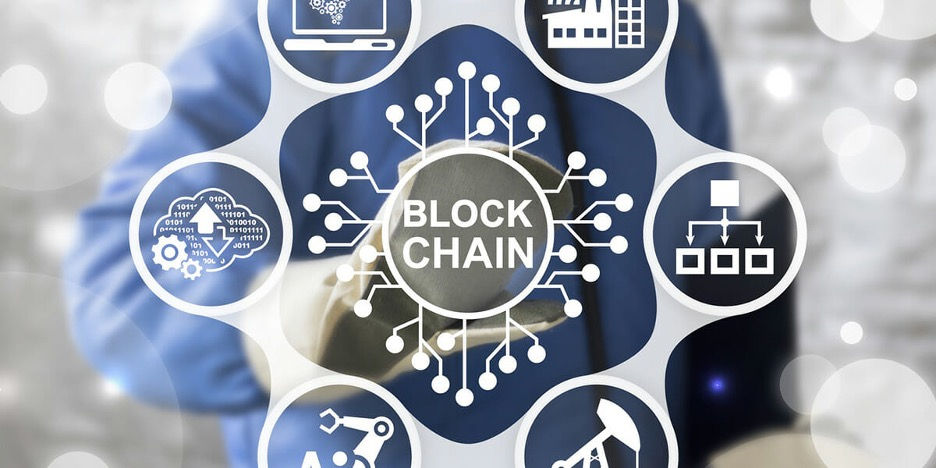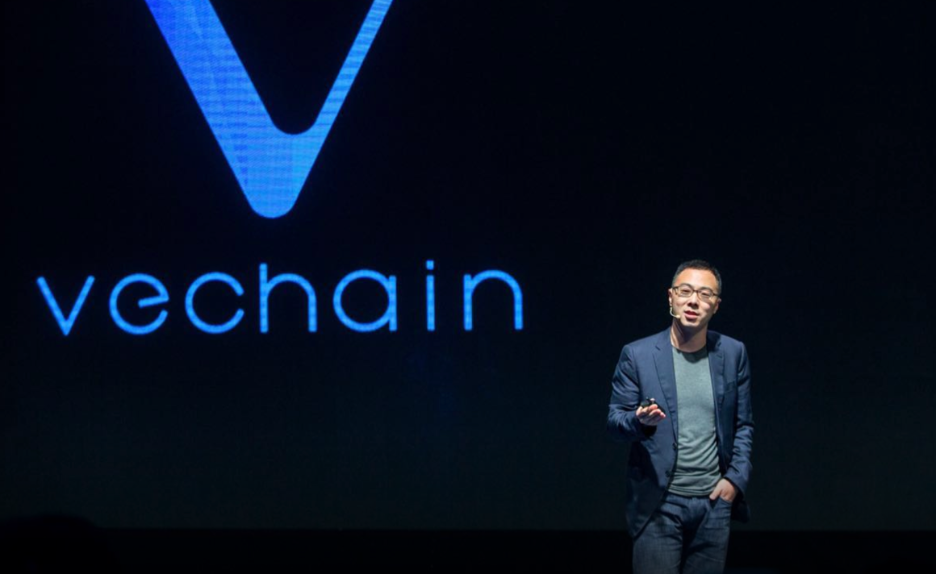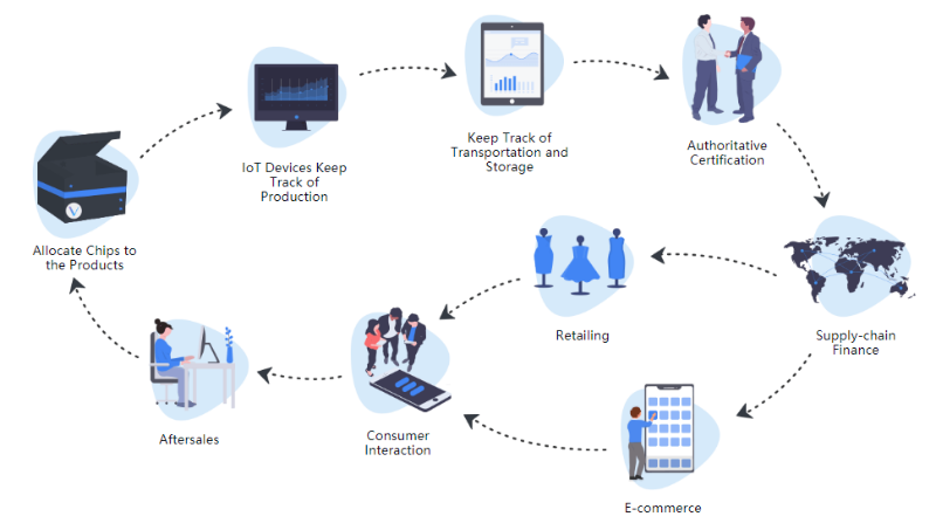Blockchain - Technology for investing and monetizing
- Gerardo Lozada
- Oct 26, 2022
- 3 min read
Updated: Feb 14, 2023
Blockchain is a collection of distributed data, organized into blocks that contain details of all transactions that occur within it. The transactions are linked in chronological order to form a chain of records. This ledger of transactions is distributed across all participants in the blockchain's peer-to-peer (P2P) network, who generate the blocks and eliminate the figure of a central administrator.

The application of this type of technology is recognized in many different fields, opening up endless opportunities for investment and growth.
The innovative nature of blockchain technology lies primarily in its ability to ensure the integrity and reliability of transaction records, avoiding the involvement of third parties and allowing all network participants to create, record, store and verify transaction information together.
This structure is applicable and scalable for providing various services from distributed network-based applications, using security technologies including Hashing, digital signature, and cryptography.
Blockchain technology was popularized after the creation of the virtual currency Bitcoin, which revolutionized the world of investments and the concept of currency itself by challenging the fundamentals of centralized banking and economy, and opened the door to a universe of projects and virtual currencies. However, blockchain was not created by (nor for) Bitcoin, as this technology saw its beginnings in 1982 when cryptographer David Chaun created the first proposal for this type of protocol and by 1991 there were projects to control legal record systems using blockchain to avoid counterfeits or alterations of the records. It is true that the first large-scale implementation was carried out by Satoshi Nakamoto in 2008, after the creation of Bitcoin.

Blockchain establishes new trust protocols and introduces the concept of decentralization by creating a distributed ledger of transactions that maintains a complete history of all the participants' transactions, a history that is verified and recorded on a network of computers spread across the world. There is no need to trust a single source.
The record resides in so many places that it cannot be lost or altered. This offers opportunities for improvement in current everyday processes, which include: all financial transactions (from payroll checks to derivative contracts), civil and real estate registry, logistics operations, identification, and more.
All the processes described above can reside in a public distributed ledger. All, including regulators, would be in a much better position to see (and avoid) dangerous exposures. If a major bank had problems, the authorities would not have to worry about the impact on vital payments or accounting systems. Governments could allow major financial institutions to fail, restoring market discipline to risk assumption and allowing financial regulation to be much simpler and more transparent.

A good example of the opportunities that Blockchain offers for the creation and expansion of new ventures is VeChain, which describes itself as follows:
VeChain believes that blockchain technology is one of the foundations for the next generation of information technology, along with emerging technologies such as AR, VR, AI, IoT, 5G and more. With the immutable and tamper-proof features of the technology, blockchain, as an infrastructure technology, is in a unique position to enable unparalleled value and data transfer between a wide range of untrusted users, increasing the efficiency and authenticity of the information transfer itself.
VeChain's vision of reducing the barrier and enabling established businesses with blockchain technology to create value and solve real-world economic problems has been clear to us from the outset.
Source: VeChain whitepaper

One of its most interesting use cases is monitoring supply chains. VeChain described it as follows:
The food sector is paralyzed by inefficiencies in the supply chain, frauds, and scandals. Most of the problems affecting the food industry stem from the inherent lack of trust and transparency within the supply chain. Our current food system does not meet the transparency and security demanded by many consumers.
The World Health Organization (WHO) reports that nearly one in 10 people in the world fall ill after eating contaminated food. In addition, foodborne diseases primarily affect the health of babies, young children, the elderly, and the sick.
With an estimated cost to the global food industry of 40 billion dollars each year, food fraud continues to increase among consumers and the industry. In food safety incidents, sellers face a significant risk of reputation due to fragmentation of data and systems in the supply chain, making it difficult to establish responsibility.
VeChain's proposed solution for food and beverages allows supply chain participants to collaborate on a transparent and reliable data platform. By scanning the barcode on desired products, consumers can acquire detailed information secured by the blockchain, including the source and ingredients of the products, geographical location, logistics information, inspection report, even temperature data, and the data has a timestamp and cryptographic signature from the data-producing party.
If you wish to learn more, review the content of our blog and review our training options.
You can read our Disclaimer.


Comments